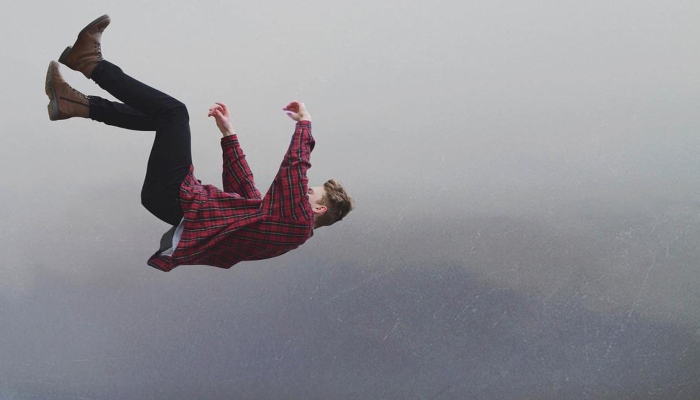According to the US Department of Labor, slips, trips, and falls make up the majority of general industry accidents, accounting for 15% of all accidental deaths per year – making it the second-leading cause of accidental death behind motor vehicle accidents. Slips, trips, and falls also account for 25% of all reported injury claims per fiscal year.
Slips and falls occur due to a loss of traction between the shoe and the walking surface. Slips, trips, and falls can also happen when there’s unintentional contact with an object. There are a variety of situations that may cause slips, trips, and falls, such as:
- Wet or greasy floors
- Dry floors with wood dust or powder
- Uneven walking surfaces
- Polished or freshly waxed floors
- Loose flooring, carpeting, or mats
- The transition from one floor type to another
- Missing or uneven floor tiles and bricks
- Damaged or irregular steps; no handrails
- Sloped walking surfaces
- Shoes with wet, muddy, greasy or oily soles
- Clutter
- Electrical cords or cables
- Open desk or file cabinet drawers
- Damaged ladder steps
- Ramps and gang planks without skid-resistant surfaces
- Metal surfaces — dock plates, construction plates
- Weather hazards — rain, sleet, ice, snow, hail, frost
- Wet leaves or pine needles
Reducing and Preventing Slips, Trips, and Falls in the Workplace
Slips, trips, and falls account for more than 95 million lost work days per year, or about 65% of all work days lost. Because the majority of accidents are preventable, companies should focus on strategies, training, and best practices that can help reduce and prevent costly slips, trips, and falls in the workplace. The following are some ways that help prevent accidental slips, trips, and falls:
- Practice good housekeeping. Don’t allow dust, debris, powder, grease, or other potentially slippery remains on the floor.
- Clean up spills, debris, and other materials and substances immediately.
- Install flooring that offers good traction.
- Train employees effectively, particularly in areas that are at high risk of slips, trips, and falls – such as ladders, high places, and high-traffic areas.
- Develop programs to prevent and minimize slips, trips, and fall hazards.
- Implement measures and procedures (e.g., inspections, appropriate footwear, housekeeping practices) for employee protection.
- Use effective lighting that doesn’t cause dark spots or shadows.
- Reduce or eliminate uneven walking surfaces such as steps or thresholds.
- Ensure carpeting is not wrinkled or not flat and secure.
- Establish a routine for regular inspections, particularly in areas prone to slipping, trips, and falls.
- Conduct systematic inspections that include reporting.
- Communicate with employees the established measures and procedures and their role in achieving and maintaining a workplace free of slip, trip and fall hazards.
- Have a set procedure for maintenance.
- Follow through with scheduled repairs in a timely manner.
- Clearly mark and warn of any dangerous situations with signs such as ‘wet floor’ signs.
- Conduct risk assessments to determine the risk of employee exposure to slip, trip, and fall hazards.
- Evaluate the measures and procedures that are established to determine their effectiveness.
- Lead by example to help build a strong safety culture.
Many of the ways to reduce and prevent slips, trips, and falls can be accomplished with regular inspections. Create a checklist for housekeeping or routine maintenance: general inspections, equipment inspections, local area inspections, and regulatory inspections. Pre-use and scheduled preventative maintenance inspections can help workers keep safety front of mind, maintaining their alertness when in the workplace.











